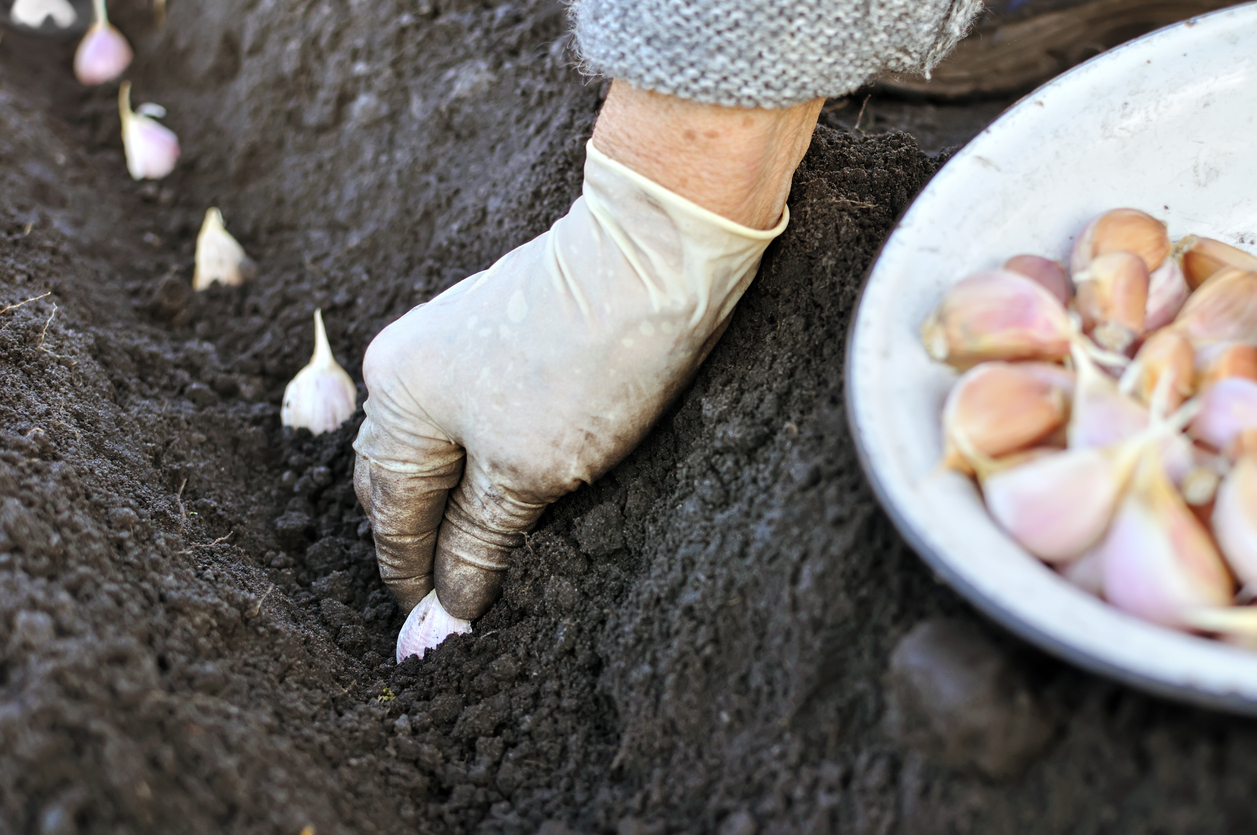Got Garlic? Kansas’ climate is well-suited for a healthy crop

Plant garlic this fall for summer harvest, says K-State’s Domenghini
Is it an herb, a spice…or perhaps a miracle plant?
However one views garlic, October is a good time to plant the garden favorite because the cloves can begin to develop roots and shoots before freezing temperatures arrive, says Kansas State University horticulture expert Cynthia Domenghini.
“Kansas’ climate is suitable for growing a variety of garlic types,” Domenghini said. “By planting garlic in the fall, the cloves have time to go through a chilling period, which is important for bulb and flower growth.”
Domenghini suggests buying large, mature garlic bulbs from a reputable grower, rather than a grocery store. Separate the bulbs into individual cloves before planting.
“The papery covering does not need to be removed,” Domenghini said. “Cloves should be planted 1-2 inches deep and six inches apart within five days to prevent them from drying out.”
Gardeners should conduct a soil test and fertilize the crop according to those test results. The cloves should be watered in well, then apply a layer of mulch in the late fall or early winter “after a few frosts to insulate the soil,” according to Domenghini.
“Keep the area weed-free and remove the mulch in mid-spring so the soil will warm,” she said.
Bulbs should be ready to harvest next summer when the lower third of the foliage is yellow, and the cloves are beginning to separate.
Domenghini and her colleagues in K-State’s Department of Horticulture and Natural Resources produce a weekly Horticulture Newsletter with tips for maintaining home landscapes and gardens.
Interested persons can subscribe to the newsletter, as well as send their garden and yard-related questions to Domenghini at c[email protected], or contact your local K-State Research and Extension office.
PHOTO: Farmer planting garlic in the vegetable garden (iStock – YuriyS)



